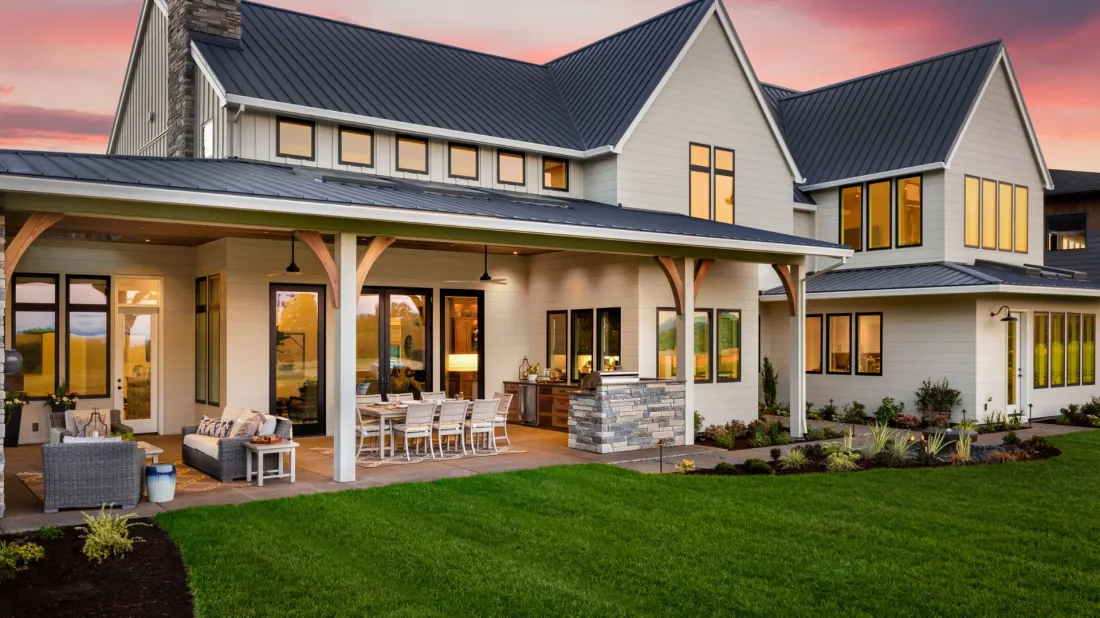Have you always dreamed of a bigger home? Imagine all the ways you could use the extra space—like having a cozy library, a gym for your workout routine, or a playroom for your growing family. Upgrading to a larger space is thrilling, but it also comes with its own set of challenges. Deciding to move to a larger home is a significant life decision that requires careful consideration of financial implications, lifestyle adjustments, and long-term goals. Ultimately, purchasing a bigger house is about enhancing your quality of life in a way that aligns with your aspirations and needs. We look into the important steps when upgrading your home.
Understand Your Needs and Goals
Taking a good look at your daily routines and what you love doing at home can really shape your house hunting. For instance, if you’re someone who works from home a lot, finding a place with a peaceful spot for your office is key. You’ll want somewhere quiet, away from the hustle and bustle of household activity, with plenty of light and air to keep you focused and relaxed. It’s all about making those workdays at home as productive and stress-free as possible.
And if you’re the go-to host among your friends and family, think about how a home can cater to your love of entertaining. An open-plan layout is great for parties and dinners since it lets you prep food and drinks without missing out on the fun conversations. Plus, having a nice flow between your kitchen, living area, and an outdoor space like a patio can make your gatherings even more special, giving you and your guests more room to mingle.
Do consider life changes that might occur in the next 5-10 years, such as elderly parents moving in or even a new home-based business. Opting for a flexible layout or a home with versatile rooms can accommodate these shifts without the need for another move.
Plan Your Finances
Moving to a larger home often comes with a heftier price tag, not just in terms of the initial purchase but also through ongoing expenses like property taxes and utility bills. Take a deep dive into your finances before making such a decision. Begin by evaluating your current spending to understand how much extra you could realistically allocate to housing costs without jeopardizing your economic stability. Remember to include the expenses involved in selling your current property, such as agent commissions and closing fees, which can add up significantly.
When it comes to financing your new, larger home, most people will need a mortgage. Given the higher values at play when upsizing, securing pre-approval for a mortgage becomes a pivotal step. This pre-approval not only clarifies your purchasing power but also signals to sellers that you’re a serious and prepared buyer, potentially giving you an edge in competitive markets. However, don’t rush this process. Take the time to shop around and compare mortgage options from various lenders. While a low interest rate might catch your eye, the fine print regarding terms, fees, and flexibility can significantly affect your overall financial picture in the long run.
Sell Your Current Home
How and when you sell can really affect both your wallet and how smoothly things go. Start off by getting a real feel for what your house is worth with a solid appraisal. This step gives you a clear starting point for setting a price that’s just right—not too high that it scares off buyers, but not so low that you’re leaving money on the table.
Little fixes and tweaks around the house can make a big difference in catching a buyer’s eye and even boosting your home’s selling price. Think about quick wins like a fresh coat of paint, fixing any niggles, or sprucing up the front yard to make a great first impression. Staging your home, or setting it up to look its best, can also play a huge role. It helps buyers picture themselves living there, which can sometimes speed up a sale or even bump up the offer price.
Timing is everything when it comes to selling your old place and buying your new one. You’ll ideally want to avoid juggling two mortgages at the same time. Planning the sale of your current home around the purchase of your new one can be a bit like walking a tightrope, but with some savvy planning and negotiation, you can make it work to your advantage. This might mean working out a deal to stay in your current home a bit longer after it sells or lining up both closings back-to-back.
Selling your home doesn’t have to be a headache. At RE/MAX, our expertise in strategic planning, targeted updates, and timing ensures your transition is seamless. Let us guide you through every step, making the sale of your current home as smooth and rewarding as possible.





